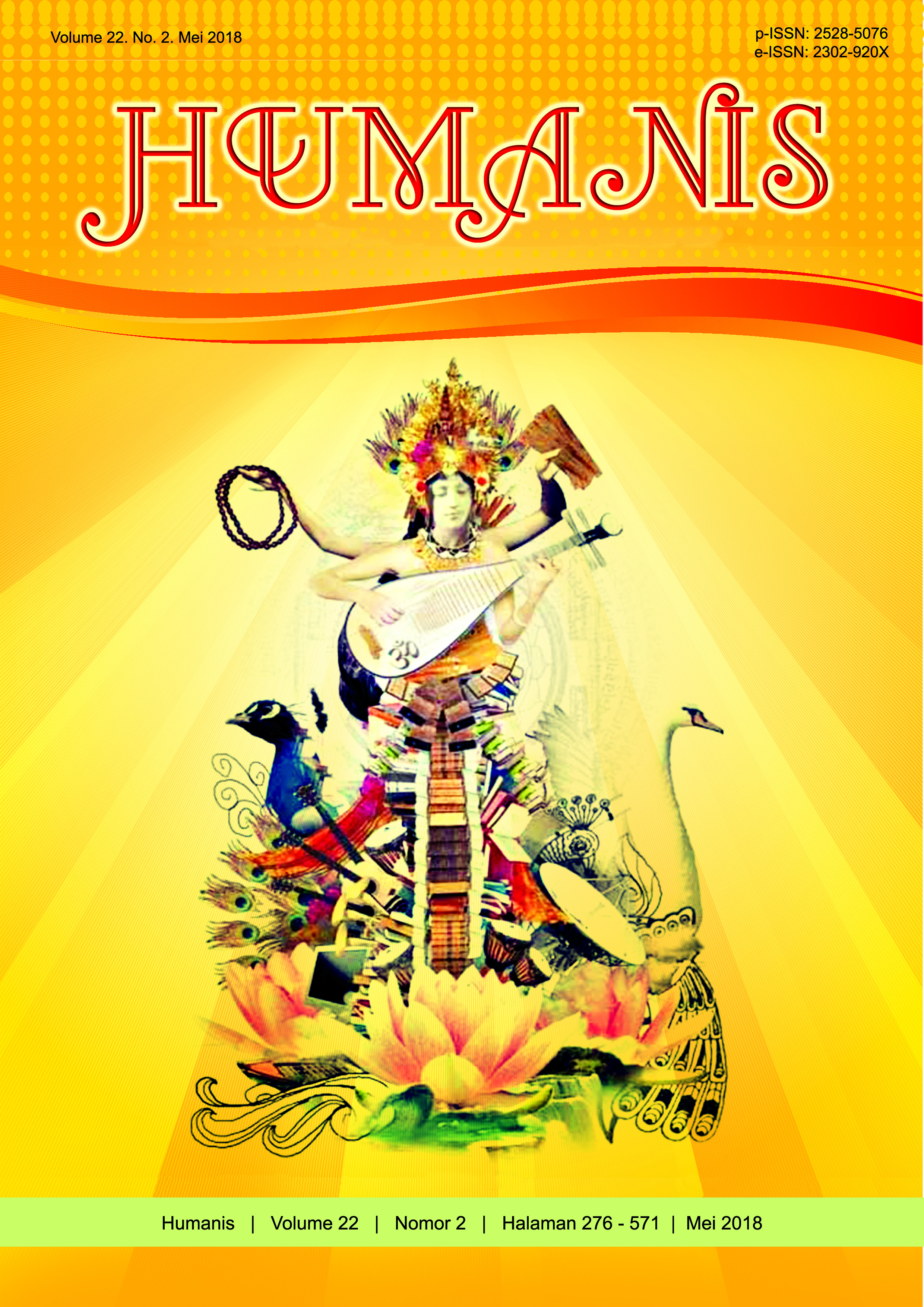Compound Word Formation in “The Old Man and The Sea”
Abstract
This study is entitled Compound Word Formation in “The Old Man and The Sea”. This study focuses on two problems; types of compound words found in the novel and the semantic transparency theypossess. The aims of this study are to find out the types of compound words and also to find and describe the semantic transparency of the compound words found in the novel.The data source used in this study is a novel written by Ernest Hemmingway entitled The Old Man and The Sea. The data which were compound words were collected by using documentation method whereas to analyze the data by using descriptive qualitative method. There were three theories used in this study. The main theories are proposed by O’Grady (1996) about the types of the compound and by Katamba (1993) about classifying the data. The theory proposed by Libben (1998) was used to describe the semantic transparency of the compound words. The results show that the types of compound words found in the novel are endocentric compound and exocentric compounds. However, the endocentric compound was more frequent than the exocentric compound. Based on the second problem, there are four types of semantic transparency ;they are (1) transparency of both members of the compound, (2) transparency of the head member – opacity of the non-head member, (3) transparency of the non-head member – opacity of the head member, (4) opacity of both members of the compound.


















